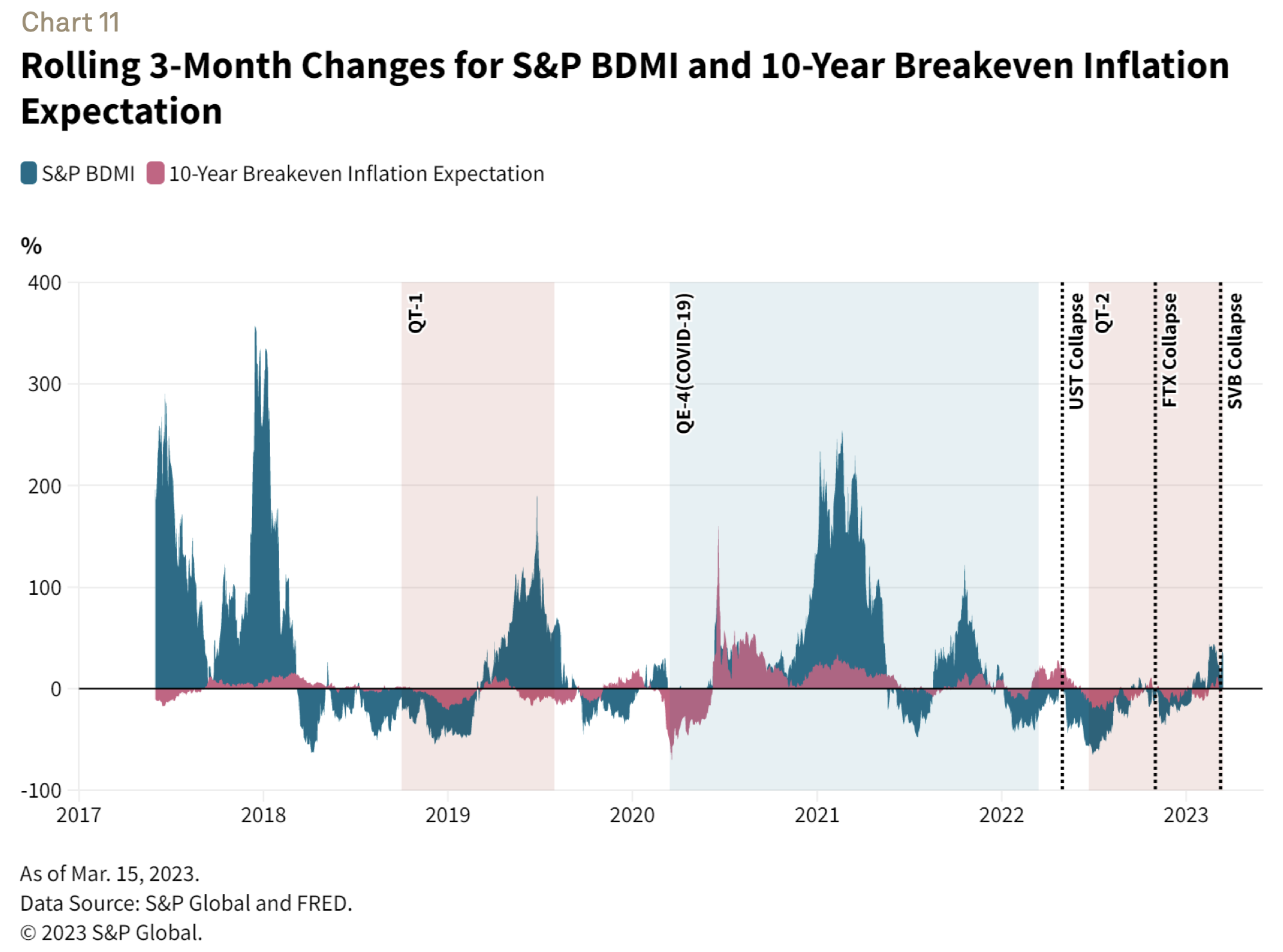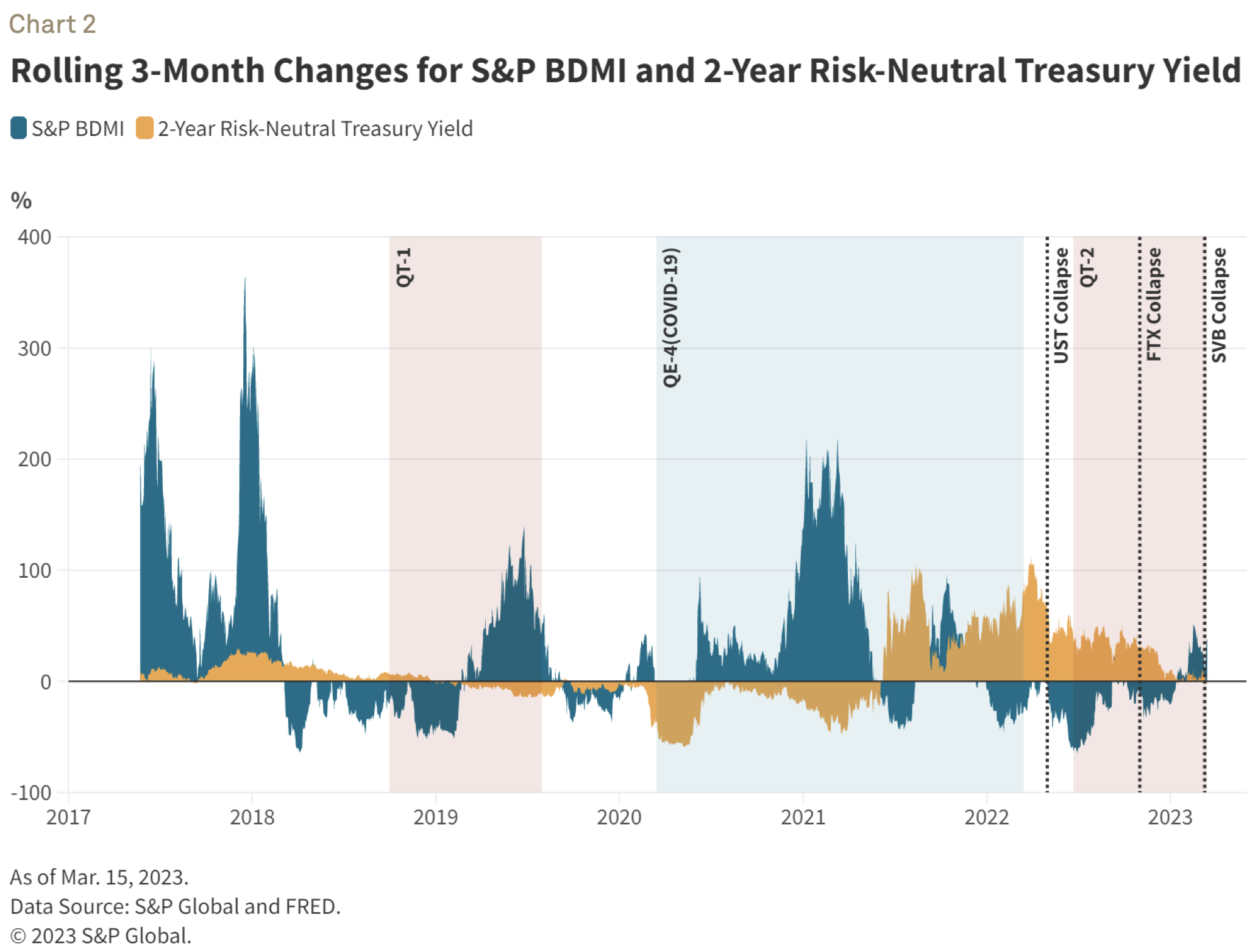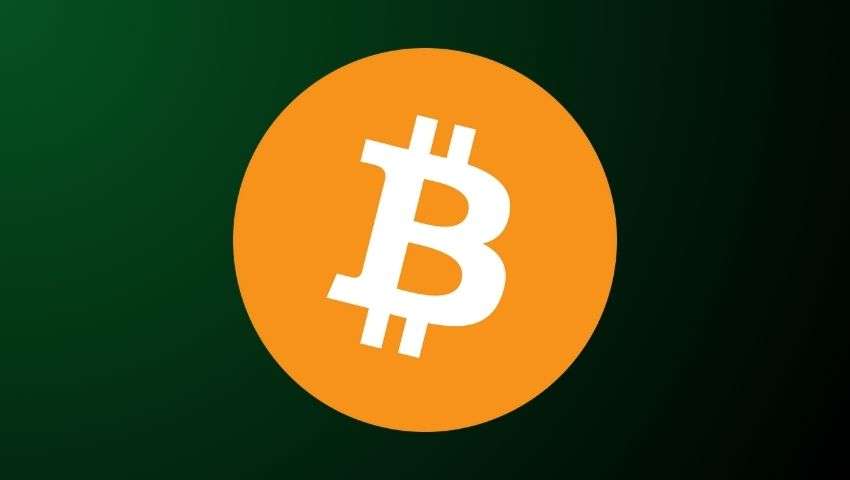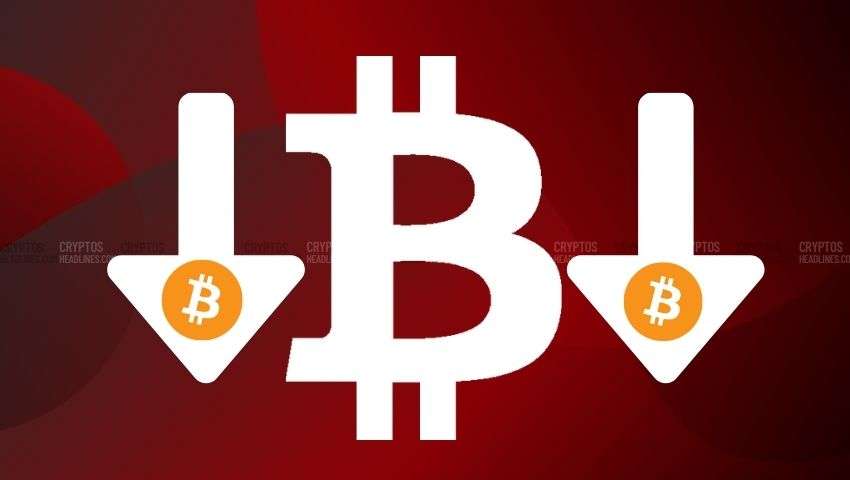According to S&P, some people believe that cryptocurrencies might be sought after during periods of high interest rates and inflation, as they could potentially retain their value. However, S&P notes that the limited history of cryptocurrencies makes it difficult to establish a definitive track record in supporting this claim.
S&P Global Highlights Cryptocurrencies’ Potential as Inflation Hedge, But Cautions on Limited Data.
The New York-based agency stated in a press release shared with CoinDesk that crypto assets have the potential to serve as a hedge against inflation, particularly in emerging markets where high inflation is a concern.
The New York-based agency further commented that some people believe crypto assets could be sought after in times of high-interest rates and inflation due to their potential as a store of value. However, the agency highlighted the limited track record of cryptocurrencies, citing bitcoin’s weak correlation with U.S. inflation expectations.
Crypto enthusiasts view bitcoin, the largest digital asset by market value, as a store of value similar to gold. This is because of a programmed code that reduces the pace of bitcoin’s supply growth by half every four years.
The mining reward halving, which reduces the rate of bitcoin supply growth, stands in contrast to the continuously increasing fiat money supply worldwide. Crypto proponents believe that the significant money printing by central banks contributes to inflation. The broader crypto market, including decentralized finance (DeFi), is seen as an alternative to the centralized fiat banking system.
However, historical data suggests a different story. The agency’s research reveals that the correlation between the daily returns of S&P BDMI (the agency’s crypto index) and U.S. inflation expectations over two-year and 10-year periods is only 0.10. Moreover, there is no clear pattern in the correlation between the rolling three-month returns of S&P BDMI and 10-year breakeven inflation expectations, according to the agency’s findings.
In simpler terms, there is not much connection between the crypto market and inflation expectations. To support the idea of crypto assets as an inflation hedge, a strong correlation of at least 0.75 would be required.
Breakeven inflation rates are indicators that reflect investors’ predictions of inflation for a certain time frame. These rates are calculated by subtracting the yield on inflation-protected bonds from the yield on nominal bonds.

The rolling three month returns between the two shows no conclusive pattern. (Source: coindesk)
The chart indicates that there have been instances where rising inflation expectations did not lead to an increase in crypto market valuations. In some periods, both inflation expectations and crypto market valuations moved in the same direction, while in other periods, they moved in opposite directions.
In contrast, the agency found that the daily returns of gold have consistently followed inflation expectations since 2013. They also noted that there is strong evidence to suggest a causal relationship between the 10-year Breakeven Inflation Expectation index and the S&P GSCI Gold index with a 95% confidence level.
The Granger Causality test is a statistical method used to determine if one time series can be used to predict another time series. It helps assess whether changes in one variable are useful in forecasting changes in another variable.
“The same test fails for Bitcoin,” S&P Global noted.
Additionally, cryptocurrencies appear to be influenced by borrowing costs in the economy and often move in the opposite direction of the U.S. two-year Treasury yield. The two-year Treasury yield is more sensitive to changes in interest rate expectations compared to longer-term bond yields.

The chart shows inverse relationship between the two. (S&P Global, Fred) : Source “coindesk”
S&P Global noted that over the past few years, there has been an inverse relationship between interest rates, specifically the two-year yield, and the crypto index. This means that when interest rates go up, the crypto index tends to go down, and vice versa. Since May 2017, this inverse relationship has occurred about 63% of the time, and it increased to 75% since May 2020, coinciding with the start of the COVID-19 pandemic.









